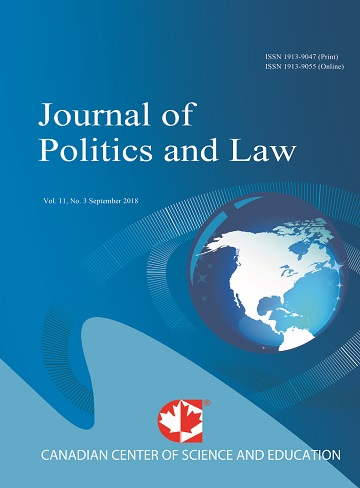Trans-frontier Environmental Damage in International Jurisprudence
- Sayyed Ghasem Zamani
- Mohammadreza Alipour
Abstract
The enhancement of environmental awareness in both domestic and international level has been accompanied by the growing number of internal authorities and international bodies within which environmentally related disputes can be addressed. Over the years, environmental issues have been discussed by different international judicial courts and arbitration tribunals. Their contribution to enhance the legitimacy of international concerns to the protection of environment is a significant one. They have acted to clarify the international environmental rules within the international legal order and have augmented the ability of domestic legal systems to deal with associated problems more effectively. The international judicial bodies as well as arbitration tribunals have been faced with a rather vague set of rules and principles that made it an enormous task to apply the law to the particular facts of a case in question. Issues relating to the existence, contents and meaning of the certain related concepts took considerable spaces in the contributions of international courts and tribunals in the course of developing international environmental law, particularly the concepts of environmental damage and the liable party to make reparation. International judicial bodies mostly relied on procedural obligations of states and arbitration tribunals on damage itself and the necessity to compensate them. While the damage is mostly confined to significant damage of value-use aspects of the environment, and liable party is focused on the damage causing activities of the operator, the reparation modes are unsteady between only financial compensation and, if possible, near to restitution.- Full Text:
 PDF
PDF
- DOI:10.5539/jpl.v9n5p102
Journal Metrics
h-index (2017): 14
i10-index (2017): 39
h5-index (2017): 9
h5-median (2017): 11
Index
- Academic Journals Database
- ACNP
- ANVUR (Italian National Agency for the Evaluation of Universities and Research Institutes)
- Berkeley Library
- CNKI Scholar
- COPAC
- CrossRef
- DTU Library
- EBSCOhost
- Elektronische Zeitschriftenbibliothek (EZB)
- EuroPub Database
- Excellence in Research for Australia (ERA)
- Genamics JournalSeek
- GETIT@YALE (Yale University Library)
- Ghent University Library
- Google Scholar
- Harvard Library
- HeinOnline
- INDEX ISLAMICUS
- Infotrieve
- Jisc Library Hub Discover
- JournalGuide
- JournalTOCs
- LOCKSS
- MIAR
- Mir@bel
- NewJour
- Norwegian Centre for Research Data (NSD)
- Open J-Gate
- PKP Open Archives Harvester
- Publons
- Pubmed journal list
- RePEc
- ROAD
- Scilit
- SHERPA/RoMEO
- Standard Periodical Directory
- Stanford Libraries
- UCR Library
- Ulrich's
- UniCat
- Universe Digital Library
- UoS Library
- WorldCat
- Zeitschriften Daten Bank (ZDB)
Contact
- William TaiEditorial Assistant
- jpl@ccsenet.org
